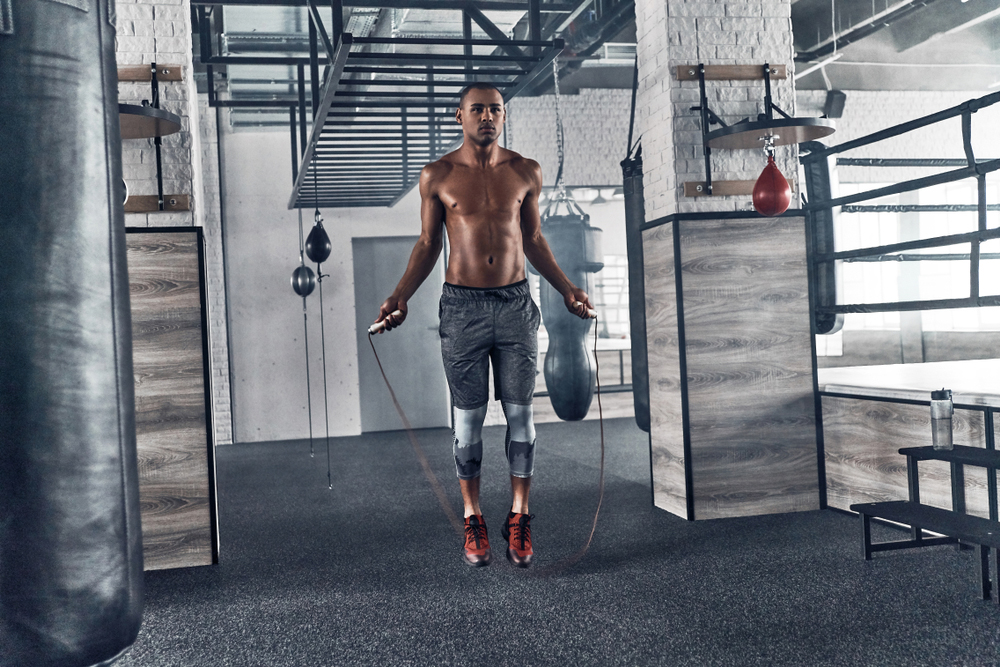Numerous field studies demonstrate without question the usefulness of strength training in endurance sports. We are obviously talking about adapted strength training.
Indeed, it is not a question of replacing traditional core work or interval work sessions (IPE) aimed at improving VO2 max and VMA, that is not what we should be looking for, but rather the possibility of making better use of the ability to use and save energy.
Bodybuilding and endurance
For example, we realised the important role that strength training could play in a factor that had been somewhat forgotten... that of gestural economy.
It is not by multiplying the kilometres that this can be solved, because by multiplying the kilometres we risk increasing the frequency of injuries, overtraining and also that of maintaining, even cultivating a mistake, simply by reproducing it more often and for longer!
Researchers have found that by reducing their traditional training somewhat and adding weight training sessions, runners were able to reduce their oxygen consumption at the same speed.
How? Thanks to a better restitution of the stored elastic energy, less time of contact with the ground and a better muscular pre-activation, . . . in short! all that the trainers seek to improve what they call in their jargon: "the quality of foot".
THE LOADS
With this in mind, it was necessary, of course, to define the type of bodybuilding that was best suited toin order not to fall back on the criticisms and fears that are so often evoked, such as hypertrophy, weight gain, loss of fluidity of movement, poor cellular irrigation, etc. !
As in all sports that require endurance, it is a question of repeating cyclic gestures (running, pedalling, rowing, hitting),it has often been deduced unfortunately that long series with light loads were the best adapted... and well no!
The most recent studies on the subject recommend rather work with heavy loads or explosive typebecause both allow to improve the strength without risk of hypertrophy and weight gain.
In these two cases, the adaptations are above all nervous. >In the first case, it will therefore be necessary to work with loads between 80 and 95% of 1RM, i. e. with a number of reps between 8 and 3 reps and in the second, to handle loads between 50 and 70% of 1RM at maximum speed.
The number of reps being established according to the loss of speed during the series and of course the level and the objectives of the athlete.
The sessions should be rather short by thinking more about the quality of the series than their quantity(always to limit the risks of hypertrophy) and a last advice. . . also think of the eccentric work.
HOW TO ORGANIZE THE TRAINING SESSIONS?
First the ENDURANCE and then the STRENGTH.
In order to manage the organisation of the sessions between "cardio" and strength training activities, let's go back to the first part of this series "strength training and endurance sports".
We have seen that energy metabolism is under the control of AMPK (adenosine monophosphate-activated protein kinase). AMPK is activated in the cell when there is a high energy expenditure over a long period of time and therefore controls and inhibits the mTOR protein responsible for protein synthesis and anabolism.
To sum up simply, if you want to improve your strength without increasing your muscle mass, you should first do the cardio session in such a way as to activate AMPK and then do the strength training, in other words when the mTOR protein is at its lowest.
In fact, when you exceed the threshold of two endurance sessions per week the fear of gaining muscle is unfounded as the metabolism will already be oriented so that any muscle gain is limited.



